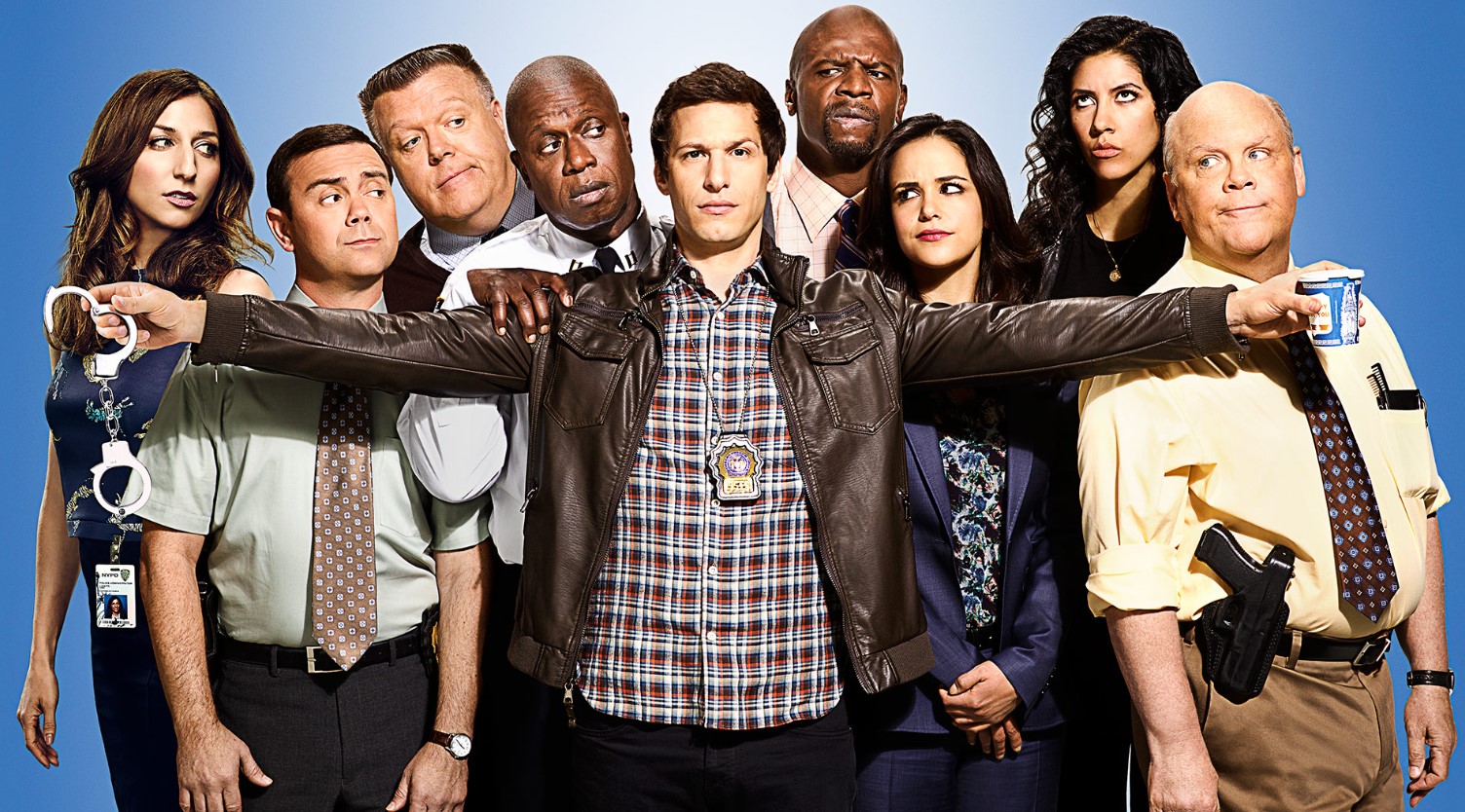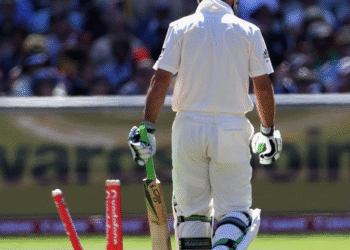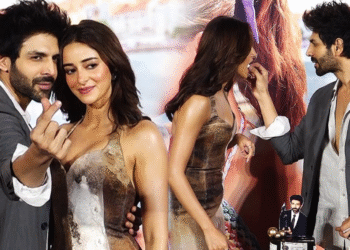Brooklyn Nine-Nine might make you laugh, but its portrayal of diversity inside a police precinct doesn’t always line up with real life. It tries — no doubt. But when the credits roll, what’s missing starts to show.
The characters are lovable, the jokes land, and the chemistry clicks. Still, the show’s version of law enforcement paints a cleaner, simpler picture than what really exists inside many U.S. police stations.
Representation: Seen, But Not Fully Counted
Brooklyn Nine-Nine has been praised for its diverse cast, and fairly so. You’ve got Captain Holt, a Black gay man in a leadership role, and Rosa Diaz, a Latina detective with a tough shell and tender layers. But is that enough?
In some ways, it’s not. The ethnic diversity feels curated. Carefully placed. Almost like a box-ticking exercise. You don’t really see Asian-American officers in primary roles. Indigenous characters? Practically non-existent. Middle Eastern backgrounds? Not even on the radar.
One might argue it’s just a sitcom. Sure. But shows shape perceptions.
And when a show like Brooklyn Nine-Nine becomes a cultural favorite, that portrayal starts becoming what people think is the standard.

Gender Representation Looks Good — Maybe Too Good
Let’s talk numbers. Real-life police departments across the U.S. are still heavily male-dominated. Women make up just 12–15% of officers, according to the U.S. Department of Justice. Yet in Brooklyn Nine-Nine? Women are half the team — and they’re not taking notes or sitting at desks. They’re leading arrests, calling shots, solving cases.
That’s inspiring. No doubt.
But it’s not reality. And for women in law enforcement, that kind of portrayal can be frustrating. It’s like the screen is skipping over the real challenges they face — like bias, underrepresentation in promotions, and workplace harassment.
Amy Santiago is a powerhouse. Rosa Diaz, unforgettable. Even Gina Linetti, in her oddball way, commands attention. But none of them really reflect the uphill climb many female officers still face daily.
And that’s worth noting.
One Thing That’s Almost Invisible: Class Backgrounds
You can guess most of the characters on Brooklyn Nine-Nine are middle-class or higher. They live in nice apartments. They eat out, travel, splurge on hobbies. Terry has twin daughters in ballet. Amy’s trying for captain. Holt’s husband is a professor.
But the truth is, law enforcement often draws recruits from a wide range of economic backgrounds.
This matters. Because an officer’s personal experience — especially with poverty or working-class struggle — influences how they see the people they police.
Brooklyn Nine-Nine doesn’t dig into this much. Charles Boyle talks about his family legacy, sure, but it’s usually played for laughs. Rosa’s home life? Almost never mentioned. Scully and Hitchcock are treated like punchlines, not people with stories.
A missed opportunity.
Officers from lower-income families may approach policing differently, often with deeper empathy for underserved neighborhoods.
Socioeconomic diversity isn’t just a background detail. It’s one of the major factors shaping community relationships and trust in police forces.
The Numbers Don’t Quite Line Up
Let’s break it down with actual data. Here’s how the cast diversity compares to real police departments in major U.S. cities:
| Category | Brooklyn Nine-Nine (Main Cast) | NYPD Actual Composition (2022) |
|---|---|---|
| Black or African American | 2 out of 9 | 15.4% |
| Hispanic or Latino | 2 out of 9 | 28.4% |
| Asian-American | 0 out of 9 | 9.4% |
| Women | 4 out of 9 | 14.6% |
| LGBTQ+ | 1 out of 9 | Not officially recorded |
The gaps are clear. Especially when you look at underrepresented groups like Asian-Americans or women in policing.
The point isn’t to criticize the show for being idealistic — it’s to highlight the difference between aspiration and reality.
Culture Isn’t Just a Laugh Track
You know how it goes on the show. Cultural tension pops up, gets a funny moment, and it’s solved within a 22-minute episode. Holt’s sexuality clashes with his old-school boss? He drops a witty line. Jake’s ignorance gets exposed? Rosa rolls her eyes. Everyone moves on.
But cultural dynamics in the real world are heavier than that. Way heavier.
People bring their heritage, habits, languages, and even food into the workplace. It’s beautiful — and also messy. Misunderstandings aren’t always funny. Sometimes they lead to isolation, resentment, or worse, discrimination.
Brooklyn Nine-Nine skims over this. It plays it safe. It’s understandable — after all, it’s a sitcom.
Still, something gets lost in that simplicity.
Why This Actually Matters More Than People Think
TV shapes expectations. It paints pictures in our minds. When shows like Brooklyn Nine-Nine present police work as neatly progressive and diverse, people — especially younger viewers — might start believing that’s the norm.
But it’s not. At least, not yet.
Many departments are still battling racial disparities, gender gaps, toxic cultures, and low community trust. Shows that present a rose-tinted version of that world can accidentally contribute to public misunderstanding.
And honestly, some officers themselves have said they feel the show makes their departments look more accepting than they really are.
Representation on screen isn’t just about being seen — it’s about being seen truthfully.



















